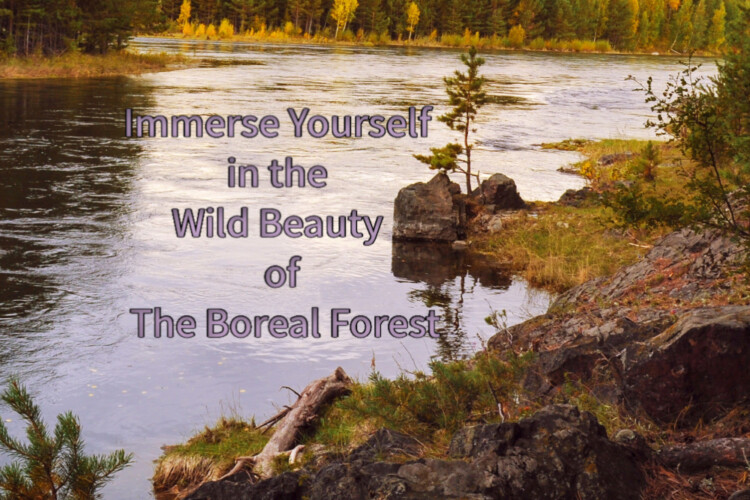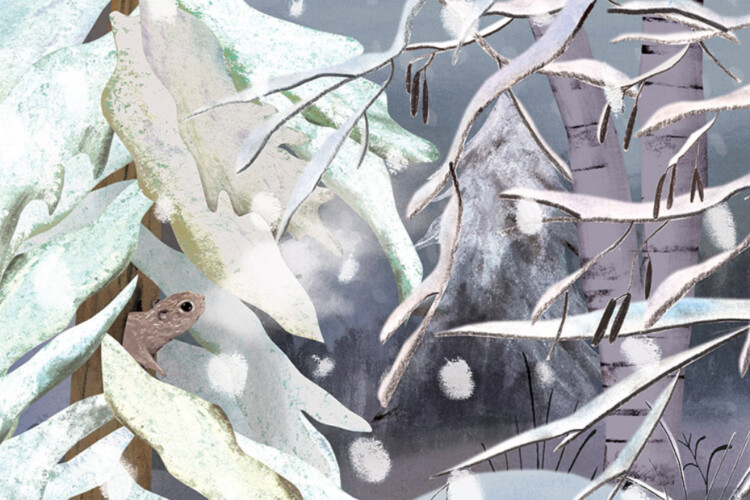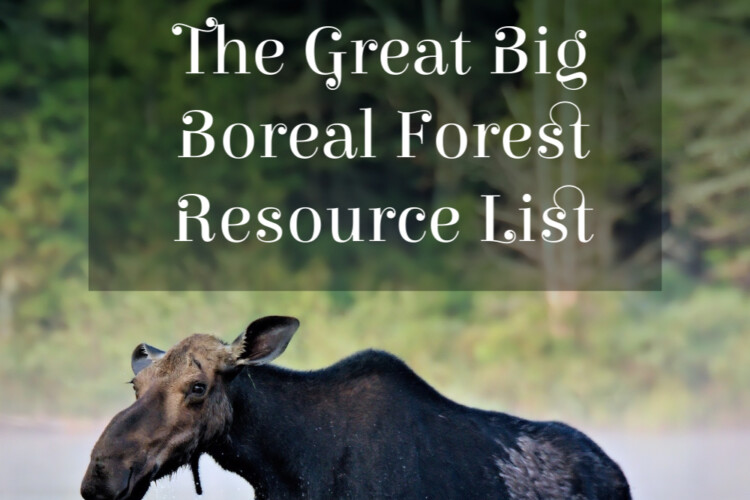Posts about children’s STEM books

How Can We Preserve The Boreal Forest?
Last week we talked about some of the reasons that the boreal forest matters - not just to those of us who live there, but to the entire world. This week, I wanted to draw your attention to some ... Read More

What Is a Forest For?
When I was writing The Boreal Forest, one of my goals was to shine some light on ecological processes - by showing how a forest works, I could hopefully show what a forest is for... by which I mean, ... Read More

How Do You End a Book, Anyway?
This is the original draft of the final scene in The Boreal Forest: Snow falls from a flat grey sky. It hisses in the steam that rises from a hotspring. A snowshoe hare laps at the warm water. She nibbles ... Read More

Hoards: Not Just for Dragons Anymore
Pages 34-35 of The Boreal Forest show boreal birds migrating south for the winter. That scene originally included this snippet, showing a different winter survival strategy: Red squirrels fill their winter pantries. One hauls a mushroom up a pine, wedging ... Read More

Today, on Forest Friday, we're going to take a deeper dive behind the scenes into the process of revision. I'm going to share every draft of the first scene in The Boreal Forest (pages 8-9), and explain how the ... Read More

The boreal forest is generally considered a northern forest, because boreal species, like pines and birch and rhododendrons, thrive in cooler climates. But cool climates are also found at high altitudes, so boreal forests extend into mountain ranges along ... Read More

Deleted Scenes – Of Flickers and Fire
Sunbeams dance in a birch grove, sparkling off the morning dew. Rat-a-tat-a-tat! A northern flicker drums on a burned stump, then flutters to the soil. It pecks and scratches, licking up ants with its long tongue. In a puddle ... Read More

The Partnership Between Author and Illustrator
My previous books cover a wide range of age groups and topics, but they all have one thing in common: they are illustrated with photographs. The Boreal Forest was the first book I've ever written that has illustrations instead. ... Read More

The Great Big Boreal Forest Resource List
Now available - a FREE activity guide for use with your copy of The Boreal Forest! It includes suggestions for science, social studies, and language arts, and will help support a variety of elementary school curriculum outcomes. Not to ... Read More

Four Days Until the Forest!
I will be doing an online reading from The Boreal Forest TODAY as part of the #KCPSpringReading Relay. The video will go live on YouTube, Facebook, Twitter, and Instagram at 2:30 EST, but when it's over, it's gone. Don't ... Read More

Here's a sidebar that I'd originally planned to include on pages 20-21: Iceland's Lake Myvatn is famous—for flies! In summer, up to 50,000 fly larvae hide in every 1 m2 (1.2 y2) of lake bed. Many birds eat these larvae, ... Read More

International Forest Day Twitter Party!
As promised, here's everything you need to know about my International Day of Forests Twitter Party, including how you can enter to win an exclusive Day of Forests Prize Pack! Note, this prize pack is different than the giveaway ... Read More
Loons: Beautiful, Iconic, and Kind of Badass
Next week is March Break, and if you live near Peterborough and have kids that need entertaining.... why not let ME do it? I'm offering two programs on March 19, one of which is special sneak peak at The ... Read More

How did I research The Boreal Forest? I read 238 books, scientific articles, and websites, adding up to untold thousands of pages of research (I didn't actually count). I took 72,400 words of notes (those I did count, or ... Read More